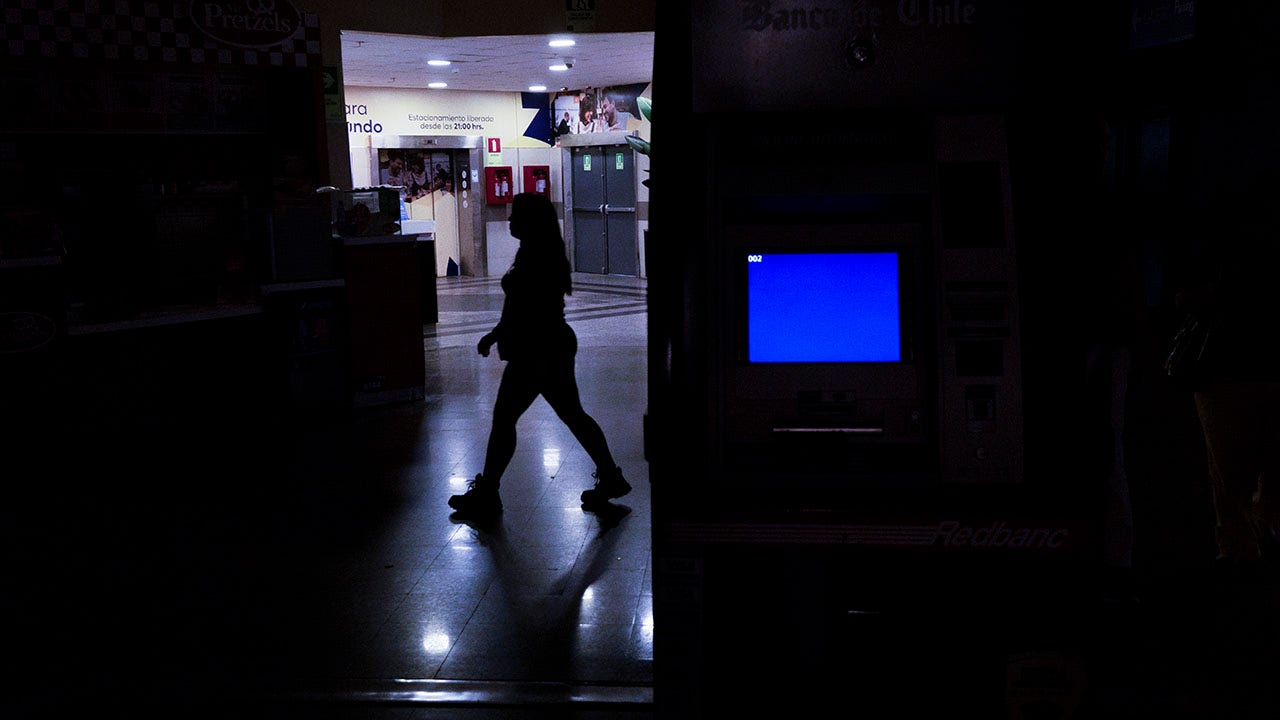A visible line of planets has for weeks been the talk of astronomers and hobbyist stargazers who have sought to catch a sight of our solar system’s worlds.
Online chatter and a frenzy of media coverage has tended to make a big deal of allegedly rare “planetary alignments” and “planet parades” gracing our night skies. The hoopla has culminated this month in speculation about an incredible seven-planet alignment appearing in the cosmos.
But if you look up later this week expecting to see the other seven planets magnificently lit up, you may be disappointed.
As NASA explained, such claims should be taken with a degree of skepticism. While all seven planets could appear in some form in parts of the U.S., not all of them will be visible to the naked eye.
That sobering fact shouldn’t dampen stargazers’ enthusiasm for witnessing what still is still an uncommon spectacle of multiple planets popping up above us. Visible parades of planets only occur every few years, making the cosmic events ones not to be missed.
Here’s what to know:
Total lunar eclipse:Millions of Americans can see a total lunar eclipse in March
What is a planetary alignment?
The planets in our solar system orbit the sun essentially along the same line across the sky in a plane called the ecliptic.
For that reason, planets in our Earthly sky always appear somewhere along a flat, disc-shaped plane, according to EarthSky, a website dedicated to cosmic news.
The ecliptic is also the reason that we on Earth sometimes observe planets appearing to approach closely to each other in the sky “while they careen around the cosmic racetrack,” according to NASA.
“We see the racetrack of the planets from the perspective of one of the racers ourselves,” Preston Dyches, who hosts NASA’s “What’s Up,” a monthly video series that describes what’s happening in the night sky, wrote for NASA. “When viewed edge-on, this disc appears as a line.”
Whenever planets become visible, these events often referred to as planetary alignments.
Is a ‘planet parade’ rare?
While alignments themselves aren’t special, it is rare to have an opportunity to observe multiple planets simultaneously without the need for instruments like ground telescopes. Such an event is also commonly known as a “planet parade,” though NASA noted that the moniker is not a technical astronomical term.
The colloquial term refers to how the planets form a straight line and look like they’re marching across the night sky.
The phenomenon took place in June and then most recently again in January, when four bright planets and two faint planets were visible all month in the night sky.
When is the ‘planet parade’ visible in February?
Four planets have remained widely visible in the night sky through much of February:
Uranus and Neptune are also still around, but they won’t be appearing as brightly and will require a telescope to see, according to NASA.
When is the 7 planet alignment? Mercury to join in late-February.
Mars, Jupiter and Saturn are frequently seen in the night sky. But because Venus and Mercury orbit closer to the sun than Earth, with smaller, faster orbits, it’s more rare for them to make an appearance, according to NASA.
Venus is visible for only a few months at a time when it reaches its greatest separation from the sun. Mercury, which takes 88 days to orbit the sun, is visible for only a few weeks, or even days, at a time.
Mercury is expected to join the other planets in being visible to the unaided eye by Friday, Feb. 28.
How to see the planetary alignment

Planet parades must be observed during twilight between dawn and sunset so a glowing sky does not obscure the view. So, find a dark place free of light pollution with a view of the western horizon.
Mercury and Saturn will be low in the sky, basking in the post-sunset glow, which will make both planets too faint for most observers to spot.
The planet parade that began in January will then come to an end by mid-to-late February, as Saturn sinks increasingly lower in the sky each night after sunset, according to NASA.
Contributing: Janet Loehrke, USA TODAY
Eric Lagatta covers breaking and trending news for USA TODAY. Reach him at [email protected]














